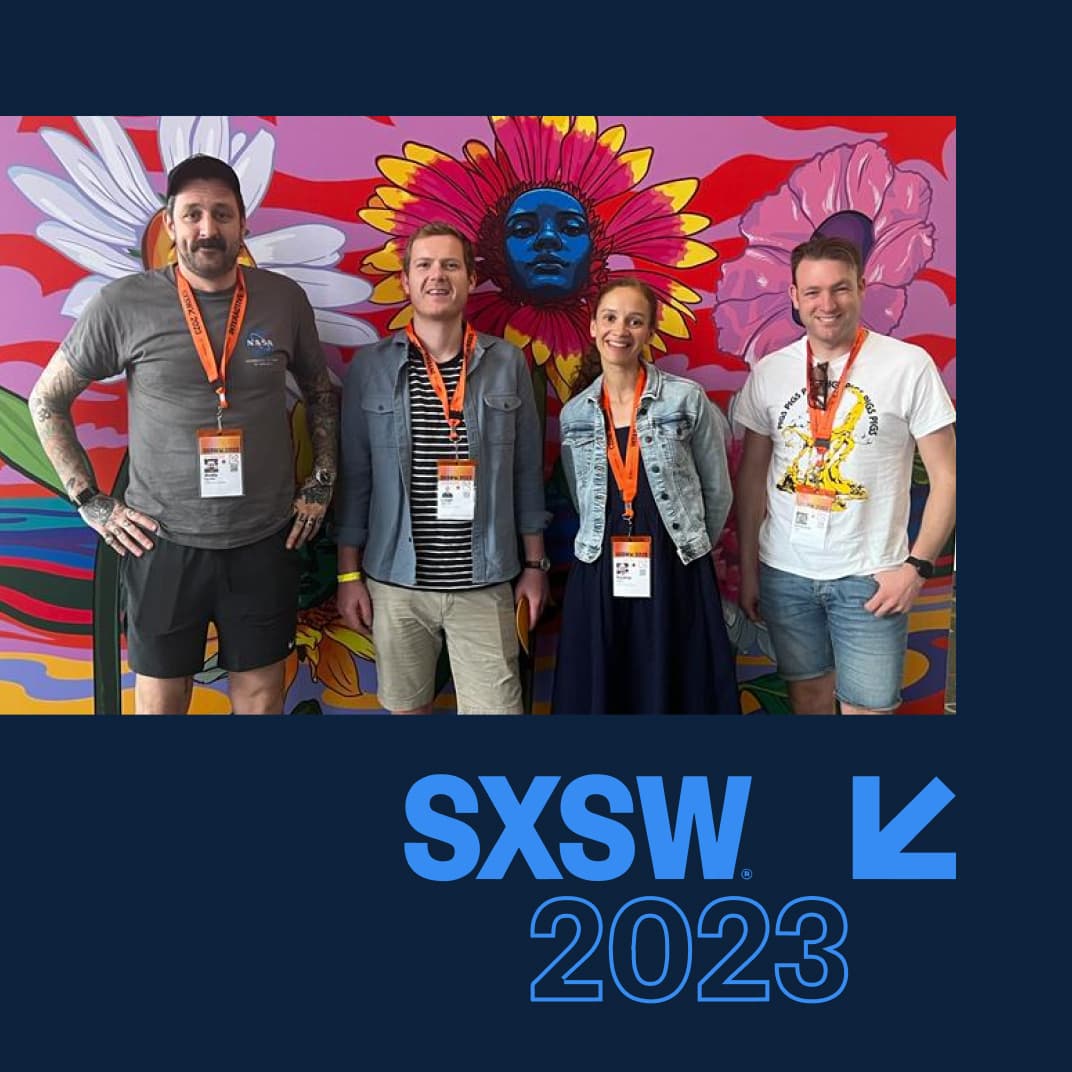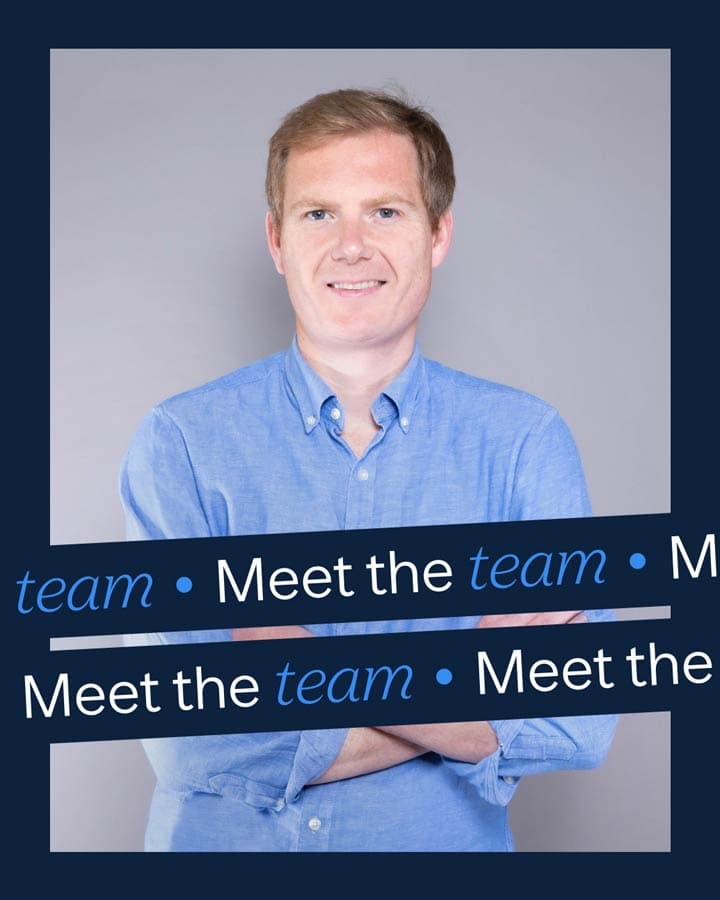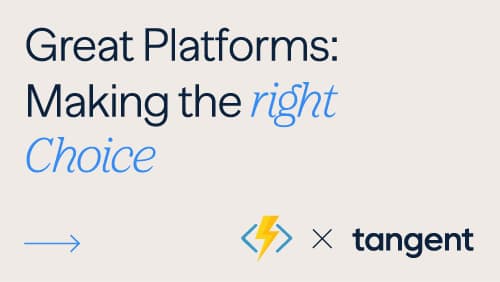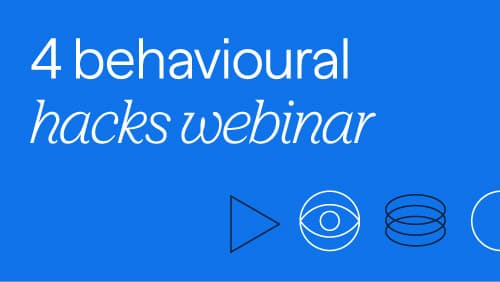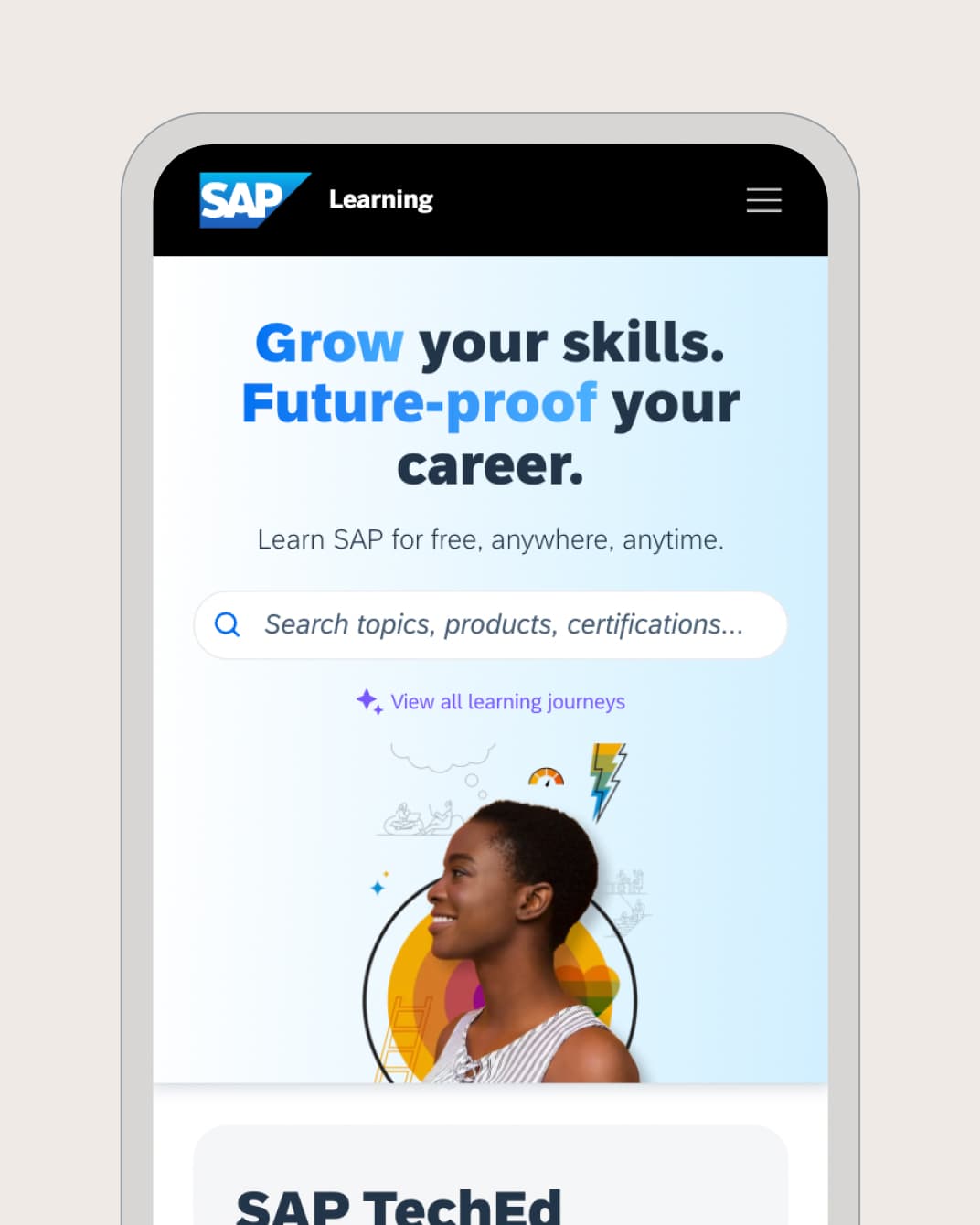March 21, 2022

The team at Tangent just touched down from another fantastic trip to Austin for SXSW. Hear from Andy, Nadine, Theo and Rich on their favourite talks this year.
Sandy Carter - Web3, NFT, Metaverse! 3 Easy Steps To Get Started
by Andy Eva-Dale
Sandy Carter's talk on 'Web3, NFT, Metaverse! 3 Easy Steps to Get Started' stood out for me. She took my understanding of Blockchain, Tokens, Airdrop and Cryptocurrency and explained how Gas, Minting and Dao’s form part of the picture for user’s digital identity in Web3 and the metaverse.
If Web1 was discovery and the introduction of search, and Web2 was the boom in social media, you can think of Web3 as giving the users decentralised ownership of your data. Following the introduction of Blockchain and NFTs (Non-fungible tokens), for the first time people can have ownership of assets on the internet, such as their avatar.
Sandy was joined by Lazy Lions NFT founder Ashur who explained the status that ownership/using their NFTs as an avatar in the metaverse holds. The status was likened to the difference between owning a real Gucci bag and a fake which really resonated with me (not that I have a Gucci handbag).
She then got us started by showing us opensea.io where you can purchase NFTs, introduced NFT domains and gave us our first NFT domain using unstoppabledomains.com.
Amy Webb part 1: A SXSW Institution
by Nadine ClarkeNobody can predict the future, but Amy Webb’s yearly Tech Trends Report certainly gives you in-depth insight on what our futures might hold. I’ll warn you now, it’s often not that rosy.
She’s developed a framework that tracks macro forces and emerging trends across industries, showcases real-world use cases, calls out emerging players and what action your business might want to take. The report covers 14 cluster topics, but she focused on 2 at SXSW: data & recognition and synthetic biology.
For instance, as facial recognition systems become ubiquitous, she spoke about efforts brands might want to take to thwart the systems. If you’re in the cosmetics business, you might want to consider a new foundation line like this one.👇


What I love the most about Amy’s presentation are the scenarios she puts forward for these trends. There’s always an optimistic and negative one- and a probability of which scenario is most likely to be played out in 5, 10 or 15 years. The negative outcomes aren’t for the faint-hearted.
A brilliant presenter, Amy’s keynote is a must-attend event every year. I wouldn’t be surprised if they eventually induct her in some kind of SXSW Hall of Fame.
Amy Webb part 2: AI predictions
by Theo Green
We went to see futurist Amy Webb talk about emerging trends for 2022 but ended up having our brains hacked and reprogrammed along the way to allow effective (re)perception of Amy's key concepts.
The one that really stuck with me was that artificial intelligence (AI) has already, and will continue to, change our perception of reality. 16,000 computer processors and 10 million YouTube videos have successfully taught Google’s Neural Network how to identify, and then randomly generate, a cat. This seems inconsequential, however, it’s the beginning of an AI system that can perform much more complex, multi-layered decision making. Ultimately, AI is going to be completely indistinguishable from human intelligence, something already proven by the GPT-3 system from Elon Musk’s OpenAI that writes its own text based on human prompts.
These systems work by subjecting the AI to millions and millions of inputs: simply, a cat, more worryingly, a ‘trustworthy person’. This data then teaches the AI, that can then be used to identify, and/or replicate the data. The next step in the evolution of AI is to expand the data set into more likely scenarios, and the search has now widened such that we are increasingly finding ourselves playing the role of the cat. Facial recognition and other biological data points are quickly becoming the inputs for the next wave of progressive AI, and most of the time we don’t even know it’s happening!John Maeda - Resilience Tech Report 2022
by Richard TriggIf you’ve ever had the pleasure of hearing John Maeda talk at SXSW, it leaves you with plenty to think about. To me, it always feels like John is presenting the freshest and newest thoughts in his mind. The punchline or point is sometimes clear, sometimes not. I love that about John and his presentation style. You walk with your mind trying to decrypt what you heard.
As we waited for the talk to begin, we sat trying to decipher this beautiful Ambigram designed by Chavelli Tsui.
As the ambigram flipped back and forth 180 degrees. We spotted two words ‘resilience’ and ‘adversity’ which turned out to be the core themes of John’s talk.
John explained how as humans and businesses we now face more adversities than ever. Digital transformation, misinformation and climate change. All triggering the flight function in our brains.
John explained change is constant. Controlling how we react to change is a learnable skill. Design is the craft of introducing desirable change; designers know how to present change in your environment that minimises your fears.
Our businesses face hazards that can affect their own mortality around the clock. In the past, leaving everything to chance was all that anyone could do or plan for. With hazards of all kinds rising in frequency, businesses are wanting more than luck.
So here’s my take. Investing in user-centred design processes and resilient infrastructures is more important than ever. Take the initiative today if you want to survive for tomorrow.

